Does Stainless Steel Actually Tarnish? The Real Deal on Rust, Grades, and Cleaning
I’ve spent a lot of my career working with metals, doing everything from shaping custom kitchen islands to picking out the right fixtures for big buildings. And you know, the one question that comes up more than any other is surprisingly basic: does stainless steel tarnish? It’s a fair question. You see that bright, clean finish on everything from your kitchen forks to brand-new skyscrapers and just assume it’s bulletproof. The truth, however, is a little more complicated and, honestly, a lot more interesting.
In this article
First off, stainless steel isn’t just one thing. It’s actually a whole family of metal alloys, and how well it holds up really depends on what it’s made of and where you put it. While it’s incredibly resistant to rust and stains, it’s not totally invincible. I’ve seen it fail when the wrong type was used in a home near the ocean, and I’ve seen it look brand new for decades when it was chosen and cared for the right way.
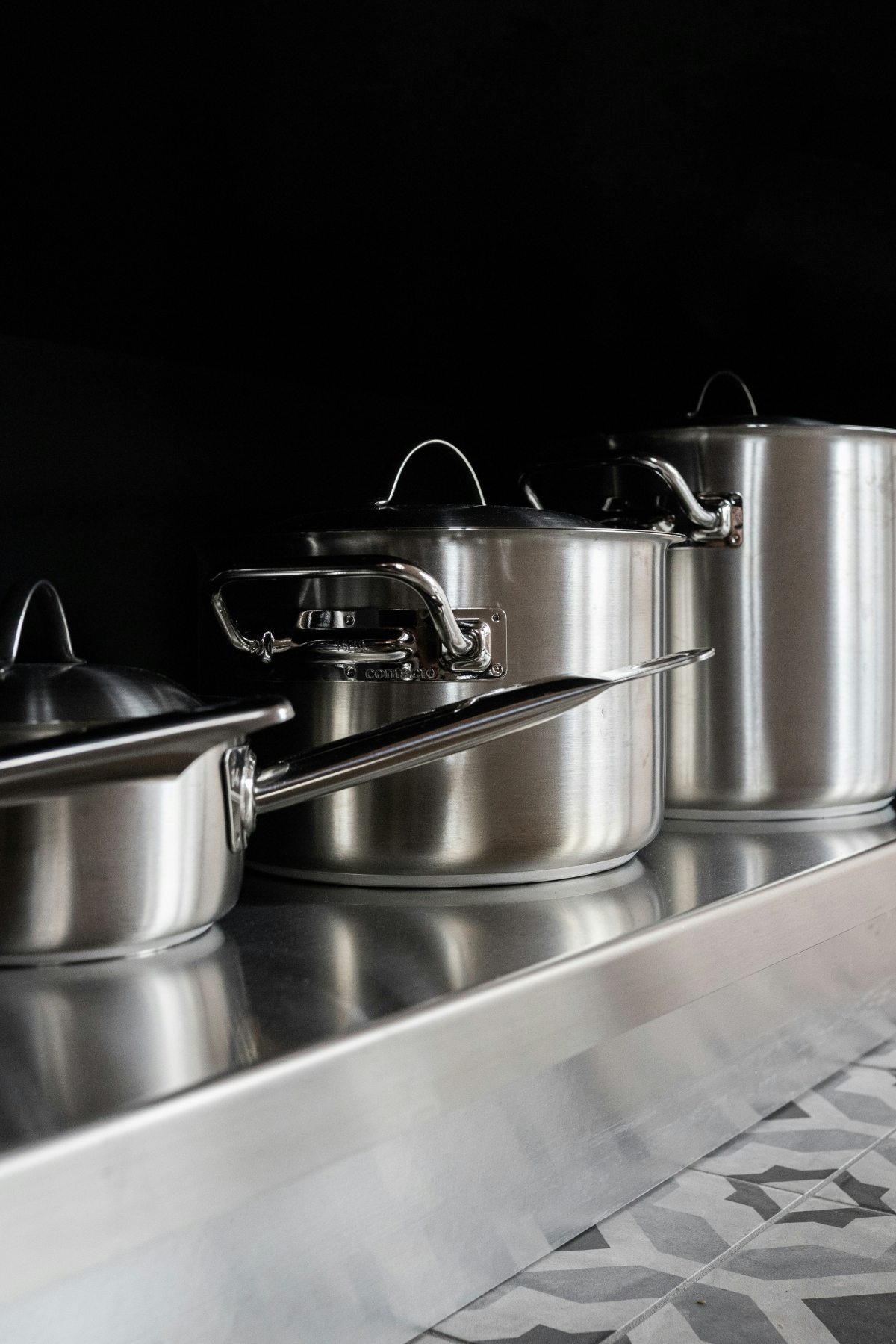
Understanding why it works is the real key to making it last.
So, What Makes Steel ‘Stainless’ Anyway?
To really get why it sometimes rusts, we have to peek under the hood at its ingredients. At its heart, stainless steel is mostly iron. And as we all know, iron loves to rust when it gets wet or is exposed to air. So how do you stop that? The magic ingredient is chromium.
For any steel to earn the ‘stainless’ title, it has to have at least 10.5% chromium. When that chromium meets oxygen (which is all around us), it forms a super thin, invisible, and incredibly tough protective layer. The pros call this the ‘passive layer.’ Think of it like a self-healing suit of armor for the iron underneath. If you scratch the surface, the newly exposed chromium instantly reacts with oxygen and patches the hole. It’s this constant, instant repair that keeps the rust away.
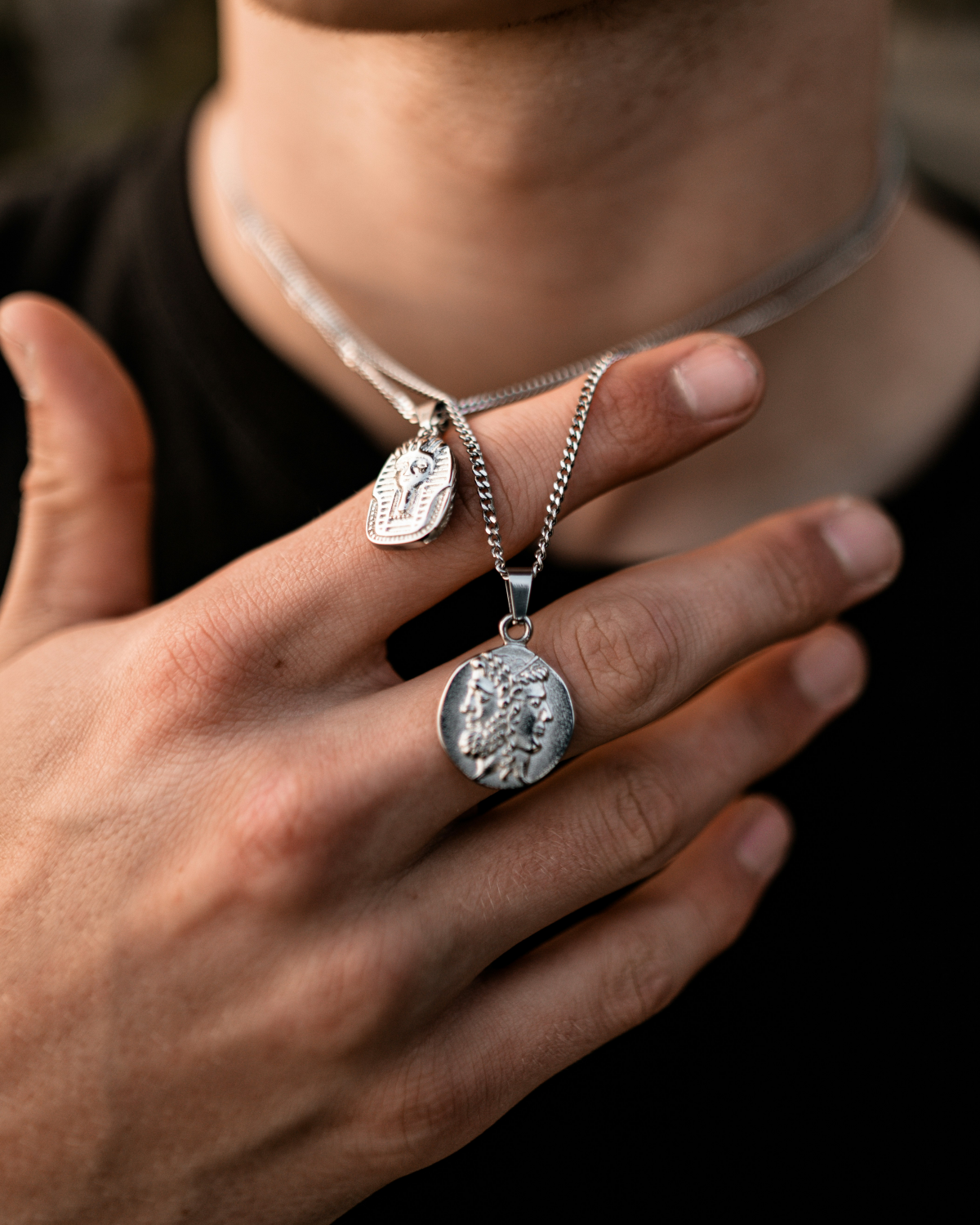
But other ingredients are often thrown into the mix to give the steel different superpowers:
- Nickel: This is a big one. It makes the steel easier to shape and bend, and it boosts its resistance to corrosion, especially from acids. Oh yeah, it also makes the steel non-magnetic, which is a neat party trick we’ll talk about in a bit.
- Molybdenum: This is the secret weapon against salt. When you see a grade like 316, it means molybdenum is in the mix. It dramatically protects the steel from chlorides—the stuff found in saltwater, de-icing salt, and even household bleach. This is why I’d never use anything but 316 for a project near the coast.
- Carbon: The amount of carbon changes the steel’s hardness. More carbon means a harder, stronger steel, but it can sometimes cause issues near welds if not handled correctly. That’s why you see ‘L’ grades, like 316L, which means ‘low carbon’ and is perfect for welding.

The Honest Answer: Yes, It Can Corrode
So, let’s get right to it. Yes, under the wrong circumstances, stainless steel can absolutely rust and corrode. ‘Tarnish’ is more of a thing for silver, but with steel, we’re talking about real corrosion. Here are the top culprits I’ve seen in the wild:
1. Salt and Chlorides: This is public enemy number one. Chlorides from saltwater, road salt, or even bleach will aggressively attack that protective chromium layer. Once the armor is broken, the iron underneath is a sitting duck for rust. I once saw a gorgeous set of architectural railings start to show little brown rust spots within a year of being installed. The problem? They were a standard indoor grade, but they were on a building near a seaside boardwalk. The constant salt spray was just too much for them.
2. Pitting: This one is sneaky. Instead of an even layer of rust, chlorides can focus their attack on one tiny spot, drilling a small hole, or ‘pit,’ into the metal. These little pits can get surprisingly deep and weaken the steel, even if the rest of the surface looks perfect. It’s a common headache on boat fittings that don’t get rinsed off with fresh water regularly.
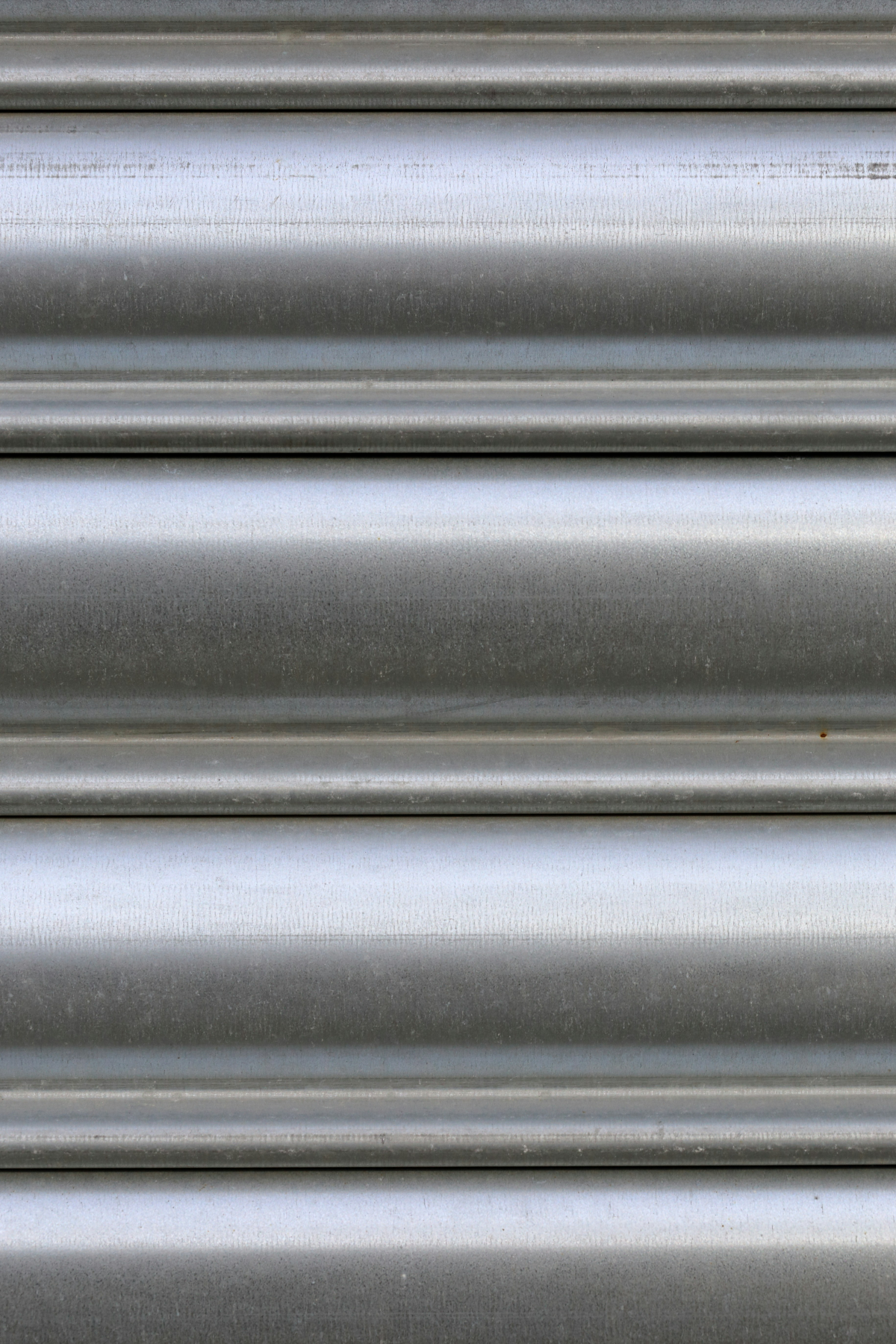
3. Mixing Metals: This is called galvanic corrosion. It happens when you connect two different metals together in a wet environment. The less ‘noble’ metal will basically sacrifice itself and corrode faster. For example, if you use regular steel screws to attach a stainless steel plate, those screws will rust away in no time, and the rust can drip down and stain the stainless surface.
4. Iron Contamination: Sometimes, it looks like your stainless sink is rusting, but it’s actually not the sink at all. If you use a steel wool pad to clean it, tiny particles of the regular steel get stuck on the surface. Those particles then rust, making it look like your sink is the problem. A pro tip I always drill into new fabricators: use separate tools for stainless steel. Never, ever use a wire brush or grinding wheel on stainless that you’ve just used on plain old carbon steel.
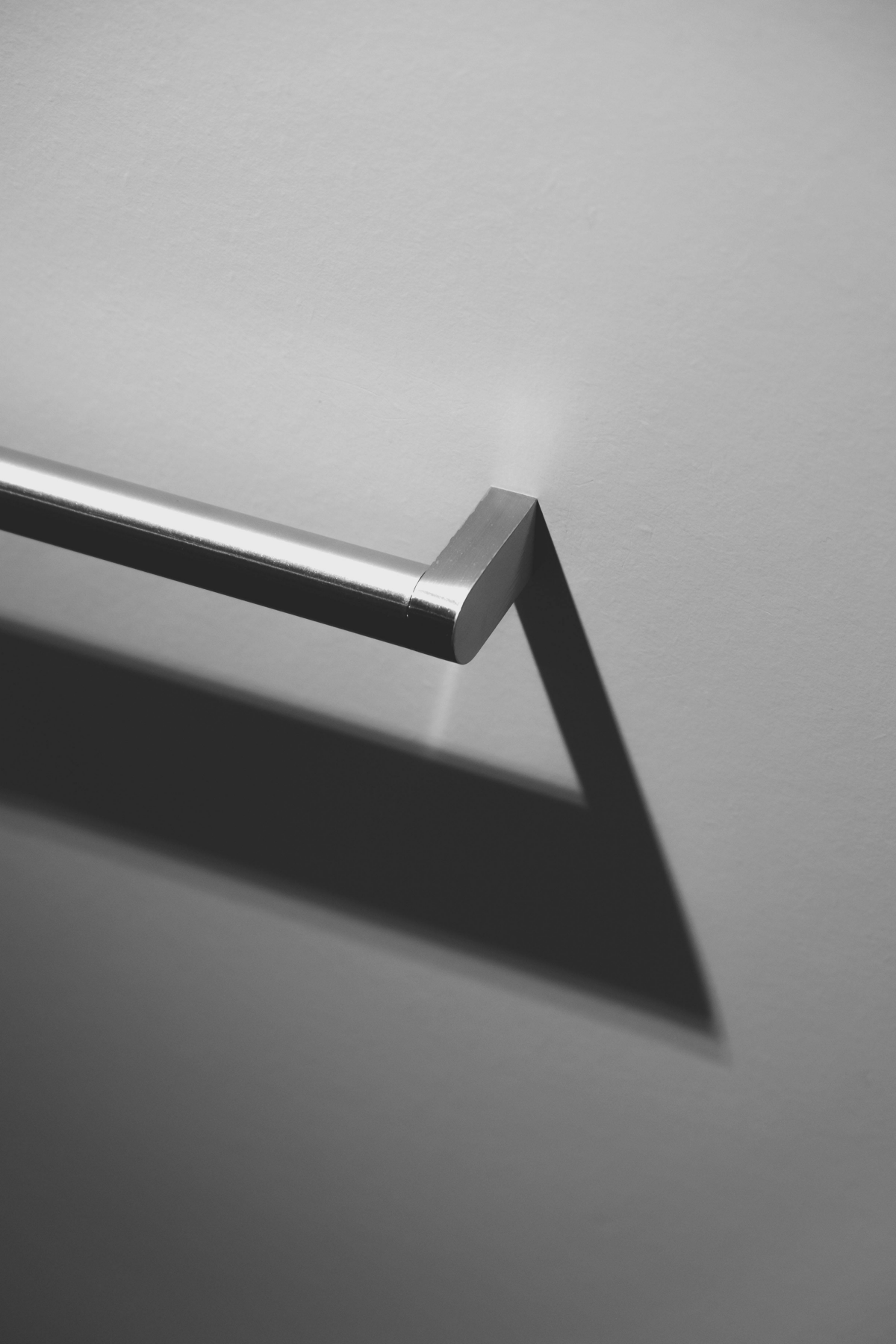
A Pro’s Guide to Picking the Right Grade
Walking into a metal supplier can be overwhelming. To make it simple, here are the main grades you’ll run into and what they’re actually for. Heads up, there won’t be a test, but knowing this can save you a ton of money and frustration.
How to Tell What You’ve Got at Home
Before we dive into the grades, here’s a super easy trick. Go grab a fridge magnet right now. Seriously, go get one. Now, try to stick it to your stainless steel sink or appliances.
- If the magnet doesn’t stick: You’ve most likely got a 300-series grade, like the common 304. These contain nickel, which makes them non-magnetic.
- If the magnet sticks: You’re probably looking at a 400-series grade, like 430. These are less expensive and don’t contain nickel.
See? You’re already a metal detective. This little test is incredibly useful for figuring out what you’re working with.

The Main Players: 300-Series vs. 400-Series
Okay, now that you have your magnet, let’s break down what those grades mean.
Grade 304 (The Workhorse): This is the most common stainless steel on the planet. It’s in your kitchen sink, your pots and pans, and food equipment. It’s non-magnetic and perfect for most everyday, indoor situations. You might see it called 18/8, which just refers to its 18% chromium and 8% nickel content. It’s a fantastic all-rounder.
Grade 316 (The Marine Grade): This is the tough stuff. It looks just like 304, but it has that molybdenum added in, making it a champion against salt and chlorides. This is the go-to for anything outdoors, on a boat, or in a harsh environment. It costs more, for sure—plan on about 25-40% more than 304. But paying for it upfront is a lot cheaper than replacing a rusty project down the line.
Grade 430 (The Budget-Friendly Option): This is your magnetic stainless. Because it doesn’t have that pricey nickel, it’s a more affordable choice. You’ll find it on appliance panels (the kind you can stick magnets to), car trim, and some lower-cost cookware. It holds up fine, but keep it away from salty or very wet conditions.
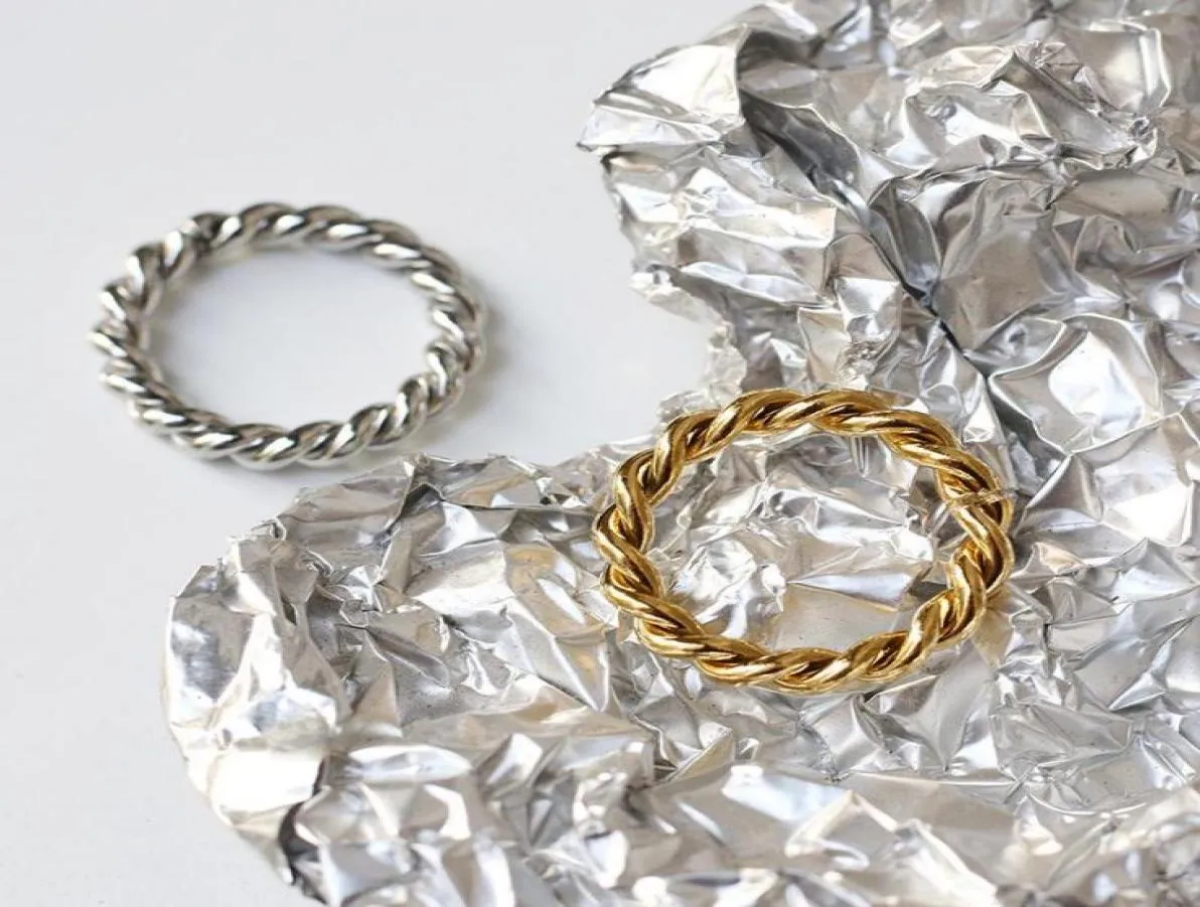
Grades 410/420 (The Sharp Stuff): These are all about hardness. They have more carbon and can be heat-treated to hold a razor-sharp edge, which makes them perfect for knives, cutlery, and surgical tools. The trade-off is slightly less corrosion resistance, which is why a good kitchen knife can get rust spots if you let it sit wet in the sink.
Good to know: If you’re doing a small DIY project, you can buy specific grades from online metal suppliers. Just search for something like “316 stainless steel sheet” and you’ll find plenty of options.
Real-World Tips for Cleaning and Restoration
Proper cleaning isn’t just about making things shiny; it’s about keeping that protective passive layer healthy. I’ve seen people accidentally ruin brand new appliances with the wrong cleaner, so let’s get this right.
The Everyday Wipe-Down
For daily cleaning on sinks and appliances, all you need is a soft cloth, a drop of mild dish soap, and warm water. The most important part? Rinse it well and then wipe it completely dry with a clean towel. This prevents those annoying water spots, which are just mineral deposits left behind.
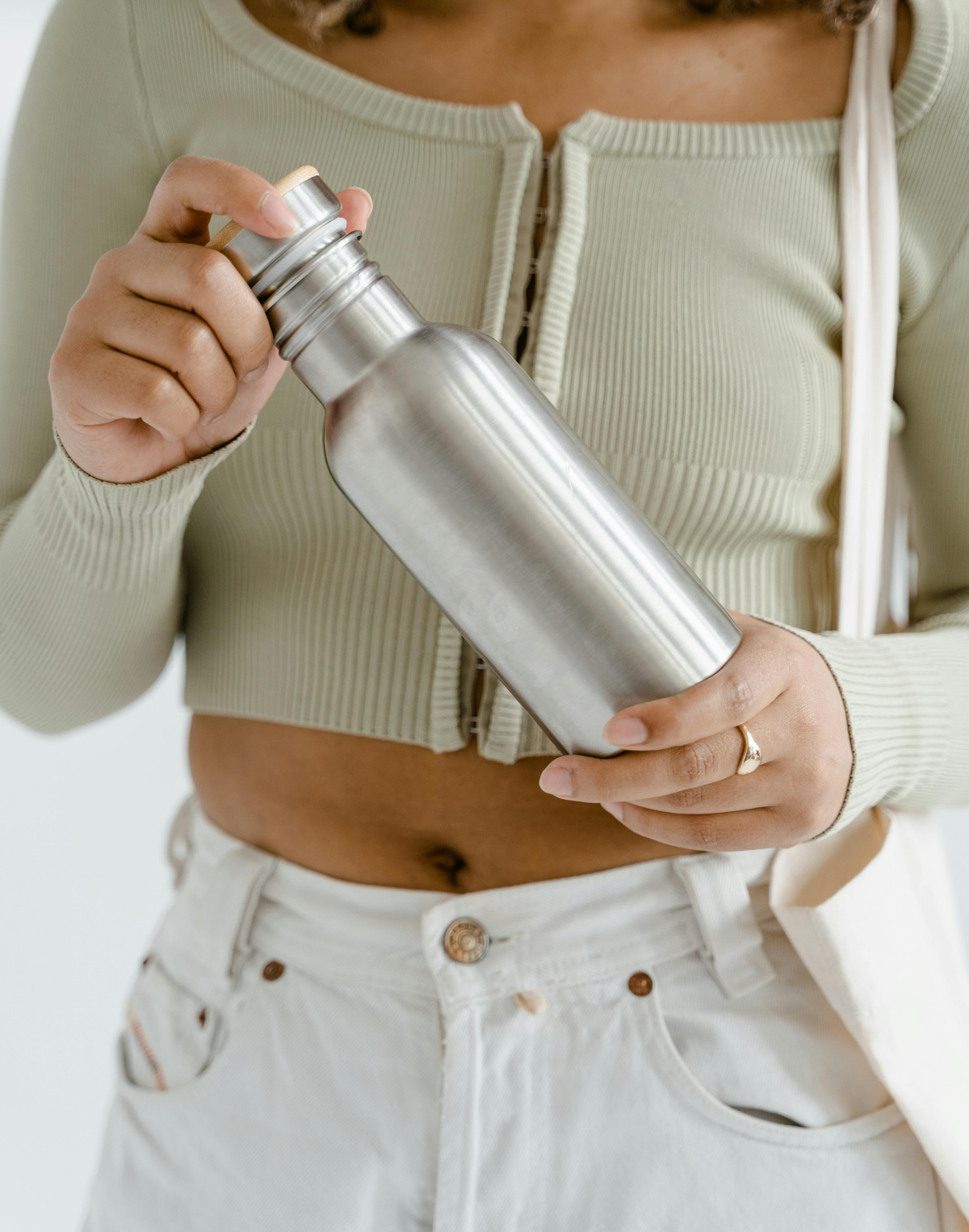
The Pro’s Stain-Busting Paste
For minor stains or those faint rust spots (usually from contamination), don’t reach for a harsh scrubber. Try this instead:
- Mix 3 parts baking soda to 1 part water to form a thick paste.
- Apply it with a soft cloth, gently rubbing in the direction of the metal’s grain. (Going against the grain can leave fine scratches).
- Rinse thoroughly with water and wipe completely dry.
For tougher jobs like baked-on food or stubborn water stains, a non-abrasive powder cleaner like Bar Keepers Friend can work wonders. Just make it into a paste, apply it gently, and—I can’t stress this enough—rinse it off completely when you’re done.
What to AVOID at All Costs
- Steel Wool or Steel Brushes: They will absolutely scratch the finish and leave behind tiny iron bits that will rust.
- Harsh Scouring Powders: These will permanently dull and scratch the surface. Stick to mild options.
- Cleaners with Bleach or Chlorides: Seriously, check the label. If it has bleach, keep it far away from your stainless steel. It can cause permanent damage and dark stains.
- Oven Cleaner: This stuff is extremely harsh and will wreck the finish. Don’t do it.
By the way, a quick word on those ‘stainless steel’ spray paints. They’re just paint. They give you the look, but they offer none of the self-healing, rust-resistant properties of the real deal. Just something to keep in mind!
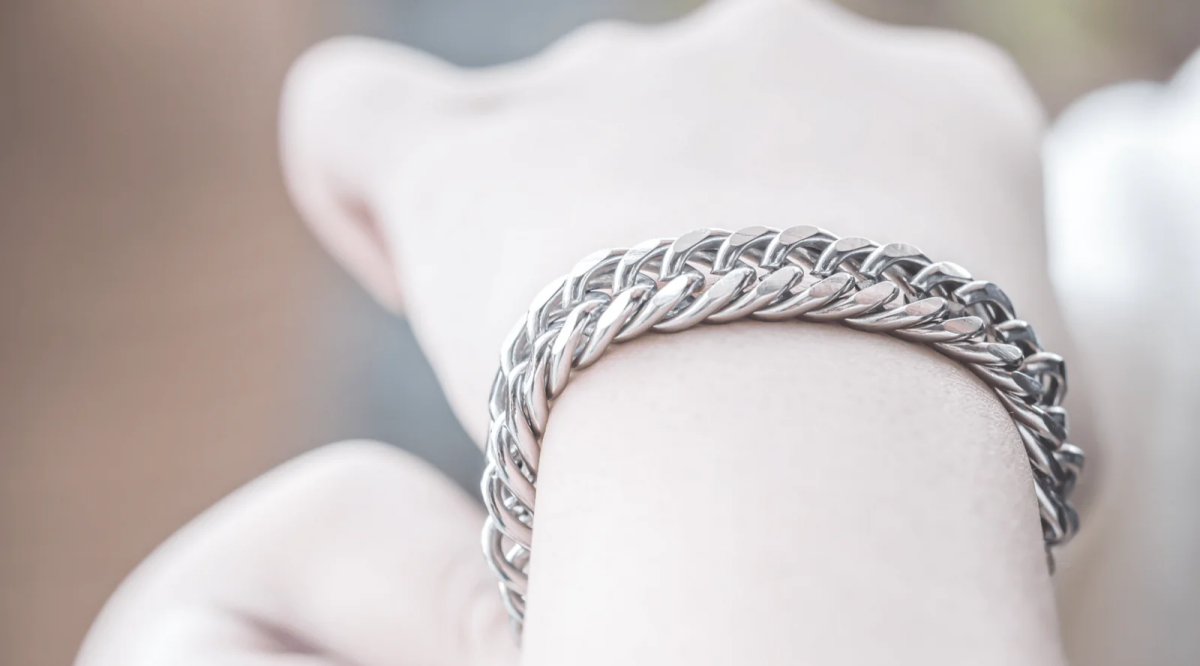
A Bit About Jewelry and Skin Reactions
Things get a little more personal when we’re talking about something that touches your skin all day.
Will it turn my skin green? Generally, no. That green stain from cheap jewelry is your skin reacting with copper. High-quality stainless steel has little to no copper. While it does contain nickel (a common allergen), the nickel is locked tightly within the metal’s structure and is very stable, especially in a grade called 316L.
When you see jewelry advertised as ‘surgical steel,’ it’s almost always this 316L grade. The ‘L’ means low carbon, and it’s chosen because it’s highly biocompatible, meaning it’s extremely unlikely to cause a reaction. For most people, it’s perfectly safe. If you have a severe nickel allergy, you might still want to be cautious, but it’s rare to have a problem.
What about plated jewelry? A lot of fashion jewelry uses a stainless steel core because it’s strong and won’t tarnish, then plates it with gold or rose gold. The steel underneath is solid, but the plating can wear off over time, especially with friction. If you’re buying plated pieces, look for the term ‘PVD coating’ in the description. It’s a modern process that bonds the coating to the steel on a molecular level, making it far more durable than cheap electroplating.
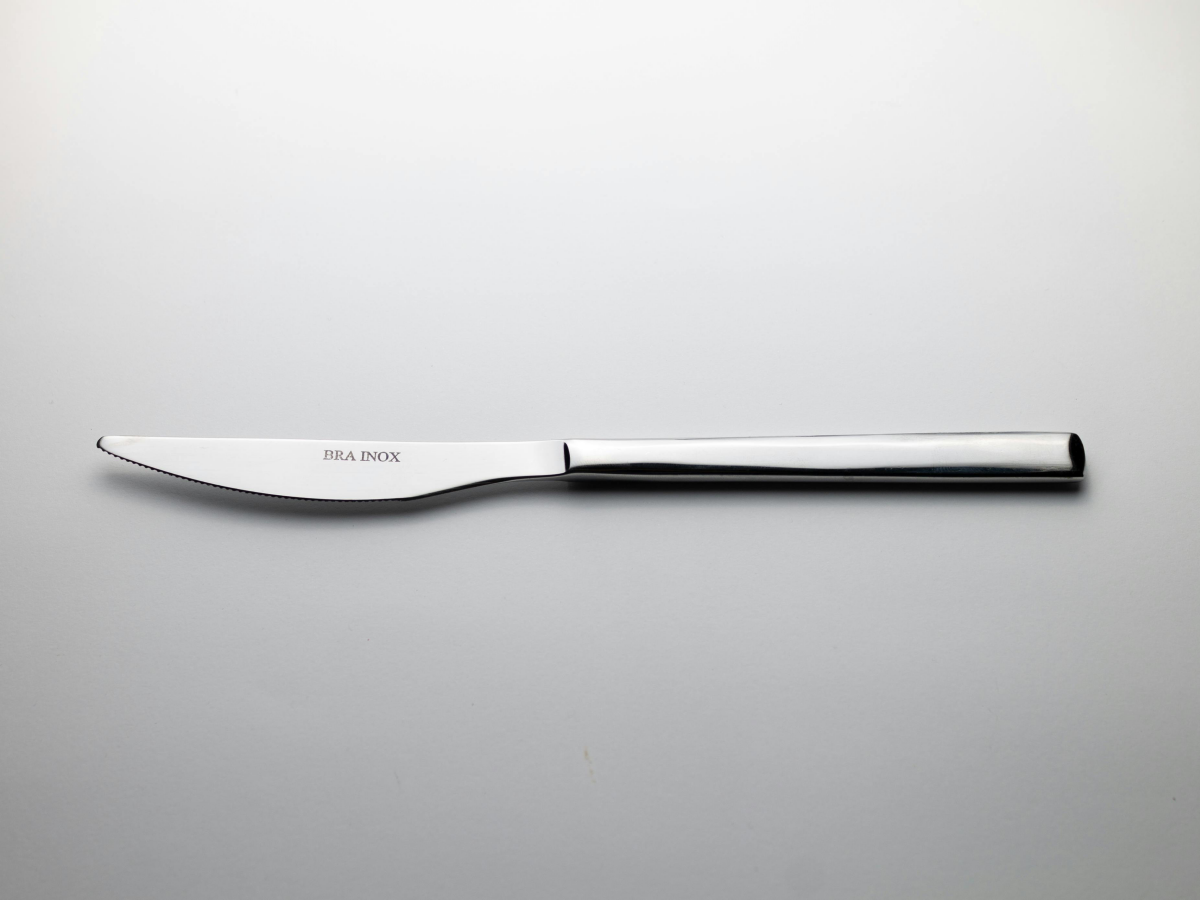
A Final Word of Caution
Look, this stuff is safe and amazing to work with, but I want to leave you with a few serious warnings I’ve learned over the years.
First, read your cleaning labels. I’m saying it again because it’s that important. Cleaners with bleach or chlorides can cause immediate and irreversible damage. Second, if you’re thinking of cutting or welding stainless steel yourself, be aware that the process creates fumes that require professional ventilation and safety gear. This isn’t a casual garage project.
While you can handle most daily cleaning and minor stains, know when to call for help. Deep scratches or widespread corrosion on an expensive countertop or railing needs a professional with the right tools to restore the finish properly.
At the end of the day, stainless steel is a fantastic material. It’s not magic, and it’s not invincible. But now that you have a solid understanding of what it is and how to treat it, you can make sure it lives up to its name for a long, long time.
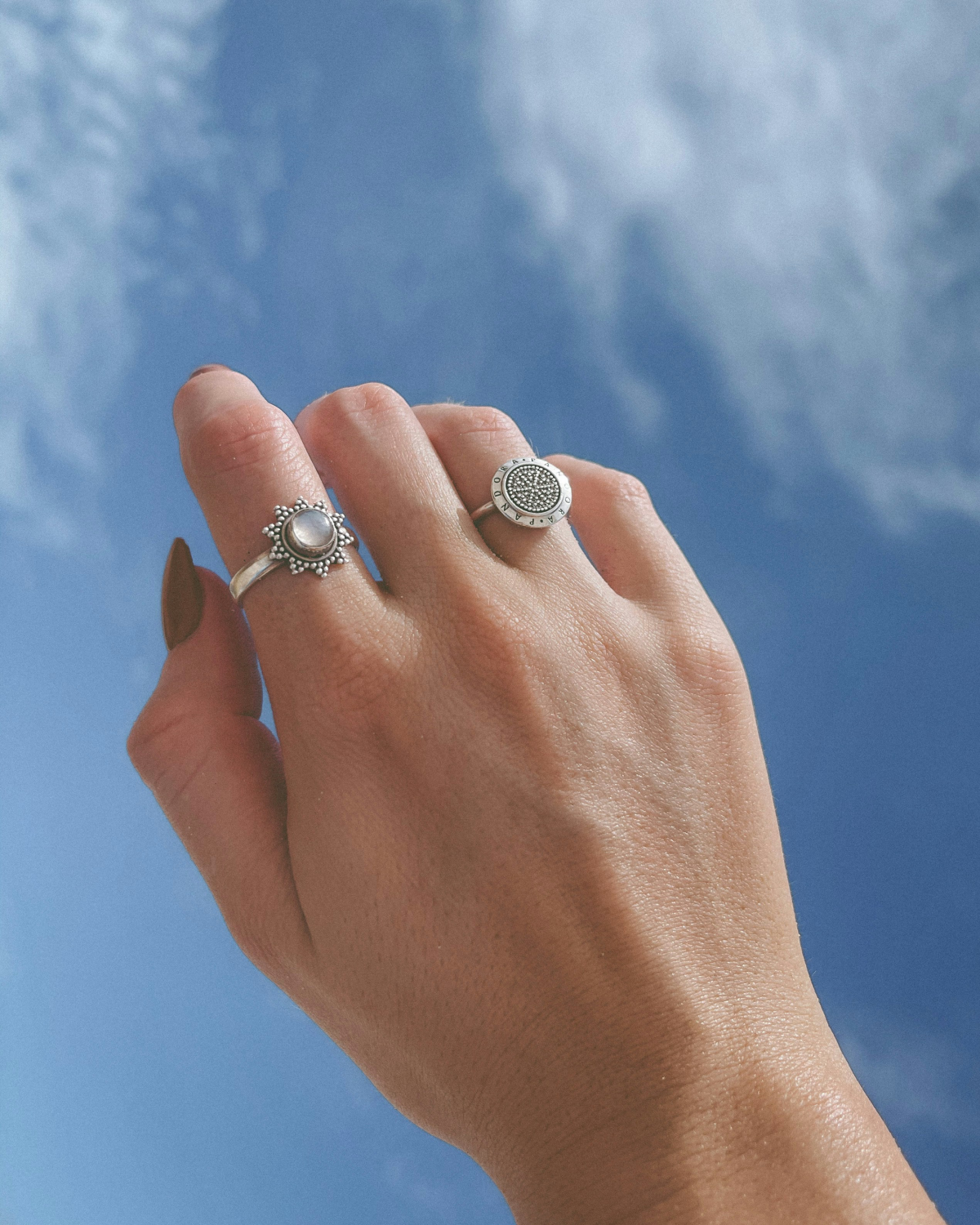
Galerie d’inspiration
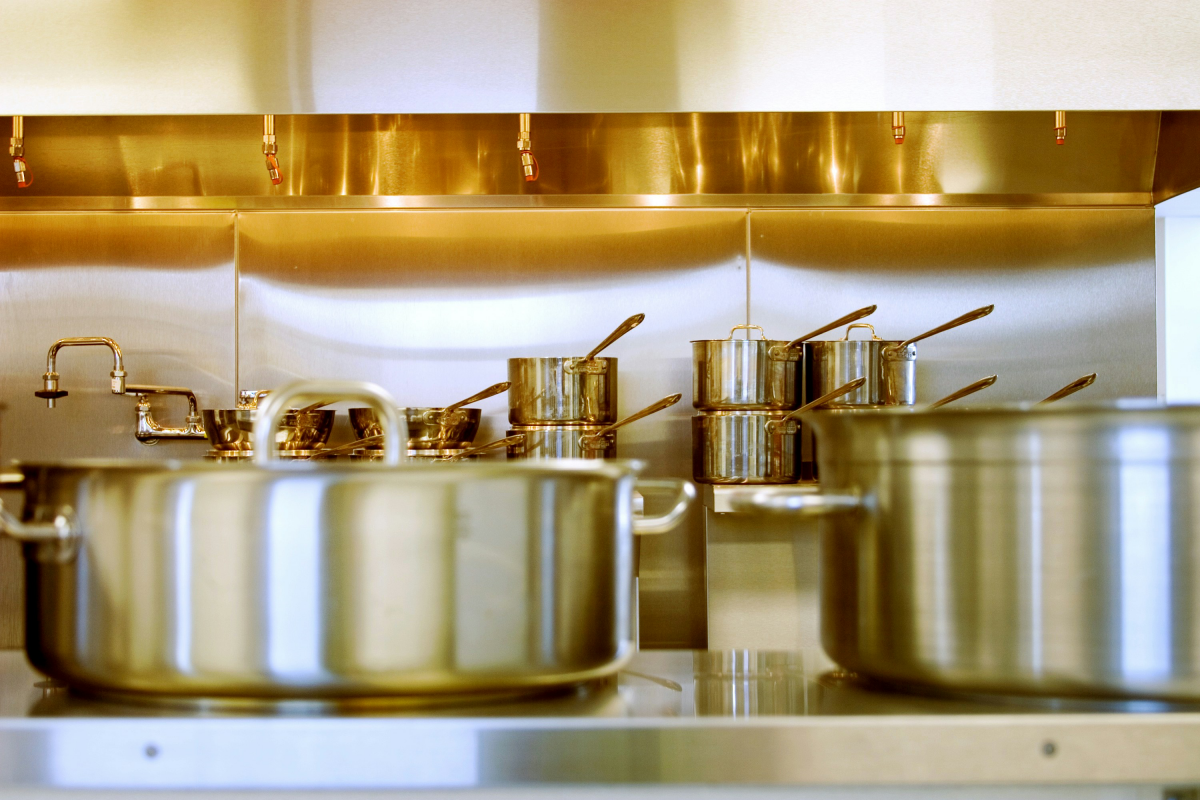

How do I clean those stubborn fingerprints and water spots off my stainless steel fridge?
The secret isn’t harsh scrubbing, which can damage the finish. First, identify the grain—the faint directional lines in the metal. Always wipe and polish parallel to this grain. For cleaning, a simple mix of a few drops of dish soap in warm water applied with a microfiber cloth works wonders. For a final, streak-free polish, apply a small amount of baby oil or a specialized product like Weiman Stainless Steel Cleaner & Polish onto a clean cloth and buff it in, following the grain. This not only shines but also helps repel future marks.
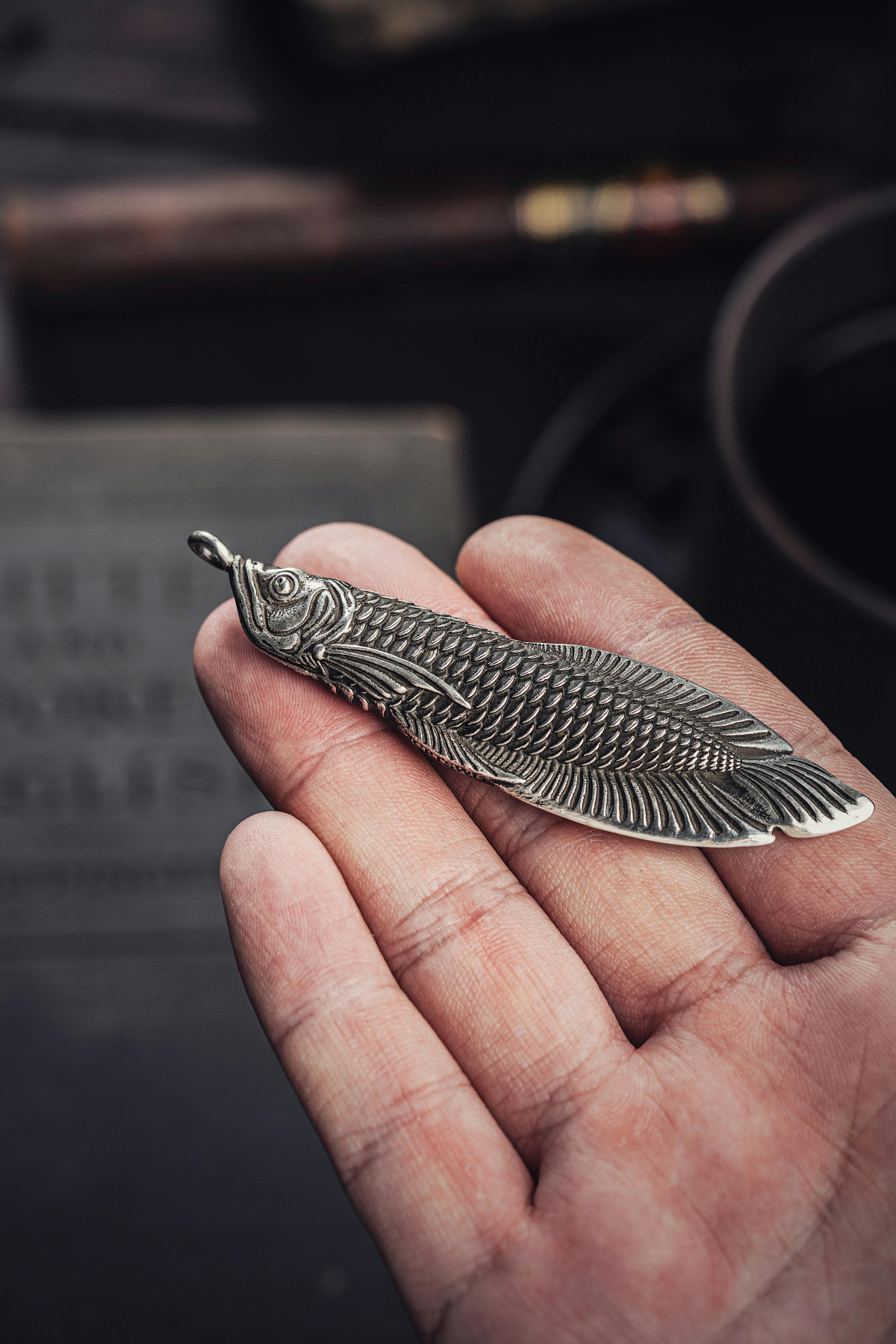
Did you know? The iconic Unisphere in New York City, built for the 1964 World’s Fair, is made of Type 304L stainless steel and remains a testament to the material’s longevity even in harsh urban environments.
This specific grade was chosen for its excellent strength and corrosion resistance, allowing the 12-story high globe to withstand decades of rain, snow, and pollution while retaining its structural integrity and shine. It’s a massive real-world example of choosing the right alloy for the job.

For the kitchen sink: Grade 304 is the industry standard. It’s durable, resists corrosion from food acids and cleaning agents, and offers a great balance of performance and cost. It’s perfect for the daily demands of a busy kitchen.
For outdoor hardware: Grade 316 is the clear winner. Often called ‘marine grade,’ it contains molybdenum, an element that makes it exceptionally resistant to salt and other chlorides. For railings, grills, or lighting near the ocean or a saltwater pool, 316 is essential to prevent rust and pitting.
- A warm, reflective glow instead of a cold, flat finish.
- Enhanced depth and a soft, velvety texture.
- Fewer visible fingerprints and smudges.
The secret? A ‘brushed’ or ‘satin’ stainless steel finish. Unlike the mirror-like polish, this finish is created by abrading the surface with a fine-bristle brush, creating very fine lines in the direction of the grain. It’s the preferred choice for high-traffic appliances and surfaces for both its aesthetic and practical benefits.










